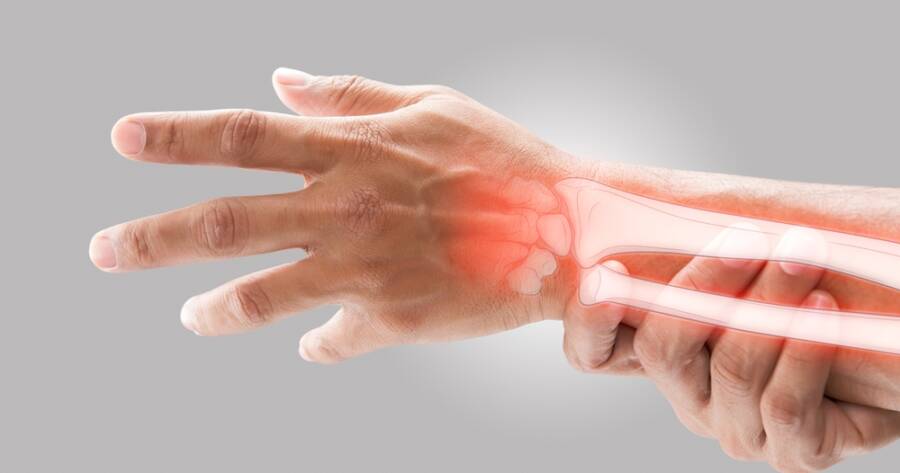Osteoporosis is a condition characterized by weakened bones that are more prone to fractures. If you or a loved one has been diagnosed with osteoporosis, understanding the latest treatment guidelines could help you manage the condition more effectively and reduce the risk of fractures.
Understanding Osteoporosis
Osteoporosis occurs when bone density decreases, leading to fragile and brittle bones. The condition is often diagnosed after a fracture occurs, especially in areas like the hip, spine, or wrist. If you have osteoporosis, making lifestyle changes and using the appropriate medications might help you strengthen your bones and reduce the risk of fractures.
1. Lifestyle Changes
While medications play an essential role in treating osteoporosis, lifestyle changes might help you manage the condition and enhance bone health. If you are at risk for osteoporosis or have already been diagnosed, you could consider the following lifestyle modifications:
- Exercise: Weight-bearing and resistance exercises could improve bone density and maintain muscle strength. If you incorporate activities like walking, jogging, or resistance band training into your routine, you might be able to improve your bone health over time. Additionally, balance exercises like tai chi could help reduce the risk of falls, which might lower the chance of fractures.
- Diet: A diet rich in calcium and vitamin D might be beneficial for maintaining bone strength. You could increase your intake of calcium-rich foods like dairy products, leafy greens, and fortified foods. If you have trouble getting enough calcium through your diet, you might consider a supplement. Vitamin D is also essential for bone health, as it helps your body absorb calcium. Spending time outdoors or consuming vitamin D-rich foods could be helpful, and supplements might be recommended if your levels are low.
- Avoiding Harmful Habits: Smoking and excessive alcohol consumption can negatively impact bone health. If you smoke, quitting could be an important step toward maintaining stronger bones, and reducing alcohol intake might further decrease your risk of osteoporosis-related fractures.
2. Medications
If lifestyle changes are not enough, medications might be necessary to help manage osteoporosis. In 2024, treatment options have expanded to provide more targeted and effective therapies. The choice of medication will depend on factors such as your age, sex, overall health, and severity of bone loss.
- Bisphosphonates: Bisphosphonates remain a common choice for treating osteoporosis. These medications work by slowing bone loss, which might help maintain bone density and reduce the risk of fractures. If you are prescribed bisphosphonates, they may be administered either orally or intravenously, depending on your individual needs and preference.
- Monoclonal Antibodies: New monoclonal antibody treatments are now available for osteoporosis. Denosumab is a medication that works by inhibiting the cells responsible for bone breakdown. In 2024, advancements have made monoclonal antibodies more accessible and effective, and they may be an option if you are unable to tolerate other medications.
- Parathyroid Hormone Analogues: If you have severe osteoporosis or have already experienced fractures, your doctor might recommend parathyroid hormone analogues such as teriparatide or abaloparatide. These medications can help stimulate bone formation, which could lead to an increase in bone density over time.
- New Anabolic Agents: Recent advancements have brought new anabolic agents to the forefront of osteoporosis treatment. If you need to boost bone formation, anabolic agents might be prescribed to help build bone mass and reduce the risk of future fractures. These medications are particularly helpful for people who have not responded well to other therapies.
3. Emerging Therapies and Technologies
In 2024, research continues to bring new therapies and technologies to the forefront of osteoporosis treatment. If you are looking for alternative options beyond traditional medications, some emerging therapies might interest you:
- Romosozumab: Romosozumab is a newer medication that has gained attention due to its dual action of increasing bone formation and decreasing bone resorption. This medication is administered as a monthly injection and might be an option if you have not responded well to other osteoporosis treatments.
- Telehealth and Remote Monitoring: Telehealth has become a standard part of healthcare, and osteoporosis management is no exception. If you have difficulty accessing in-person care, telehealth could allow you to receive regular follow-ups and adjustments to your treatment plan from the comfort of your home. Remote monitoring tools might also help track bone density changes and medication adherence, ensuring that you stay on track with your treatment goals.
4. Fall Prevention Strategies
Preventing falls is critical for individuals with osteoporosis, as even a minor fall could lead to a serious fracture. If you are at risk for falls, you might consider fall prevention strategies, such as:
- Home Modifications: Making simple changes in your home, such as removing tripping hazards, adding grab bars, and ensuring good lighting, might help reduce the risk of falls.
- Assistive Devices: Using a cane or walker could provide extra stability if you have balance issues, reducing the likelihood of falls and related fractures.
Learn More About Osteoporosis Management
Osteoporosis treatment guidelines in 2024 emphasize a comprehensive approach that includes lifestyle changes, medications, emerging therapies, and fall prevention. If you are living with osteoporosis, working closely with your healthcare provider could help you determine the best treatment plan for your individual needs. By adopting healthy habits, using effective medications, and taking steps to prevent falls, you might be able to improve bone health, reduce the risk of fractures, and maintain a higher quality of life.
